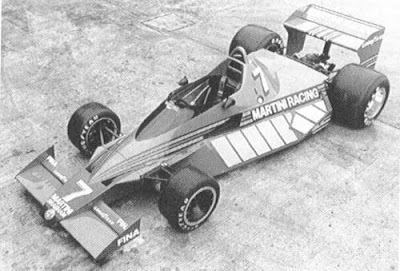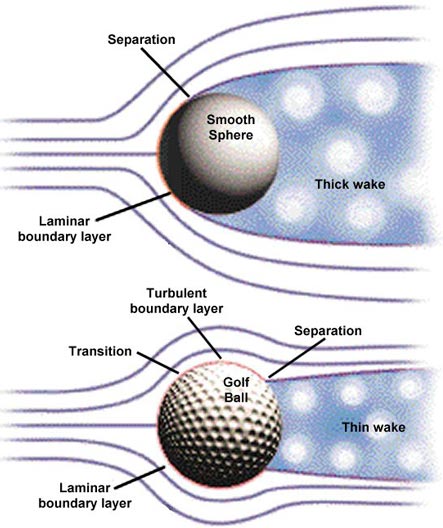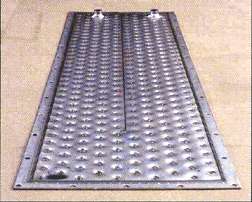IIRC the regulations allow 3mm of variation. If you made the dimples 3mm deep, it would still pass.
The P51 Mustang gained enough energy from heat added to that air passing through cooling system that it negated the drag from the cooling system in the first place and actually added gross thrust.
Fair enough it might pass the regulation, but then the fact that the teams aren't doing it now should be a clue. Simply, tripping the boundary layer into turbulent at the diffuser is not going to be benficial in that situation. It's beneficial when you have to get their air to move round a blunt rear surface, like on a ball.
I can actually think of one place where dimpling, might work, and that's on McLaren's rear suspension blockers.
The Mustang had it's radiator in a sort of basic ramjet configuration, adding a lot of energy to the air to produce a net thrust. However the important aspect is that was useful thrust for an aircraft which relies on aerodynamic thrust to move forward. If you start adding too much energy to the air passing under the car, you might add a slight amount of thrust, but it would be neglibigle compared to the mechanical traction from the tyres, and would produce a fair amount of lift under the car.
Up until this year the teams were using the exhaust to energise the air as it left the diffuser. If you start doing that under the entire car you're not gaining any advantage.
























